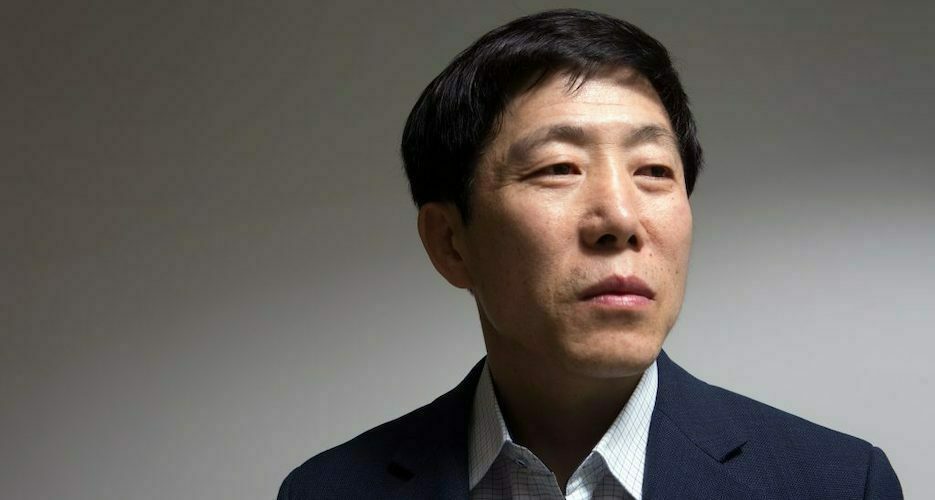About the Author
Max Kim
Max Kim is a freelance journalist based in Seoul.

Get behind the headlines
|
Investigations Crossing the line: Has North Korea’s biggest foe finally gone too far?Defector-activist Park Sang-hak has long stirred controversy, but political winds may no longer be blowing in his favor  Around 3 p.m. on June 16, North Korea destroyed the inter-Korean liaison office in Kaesong, which gave off a faint boom that was heard from across the border and a thick swell of gray smoke. The move was hardly a surprise. In the days leading up to the demolition, North Korean leader Kim Jong Un’s sister, Kim Yo Jong, had condemned the South Korean government for failing to stop defector-activists from launching anti-regime leaflets across the border using helium balloons. © Korea Risk Group. All rights reserved. |